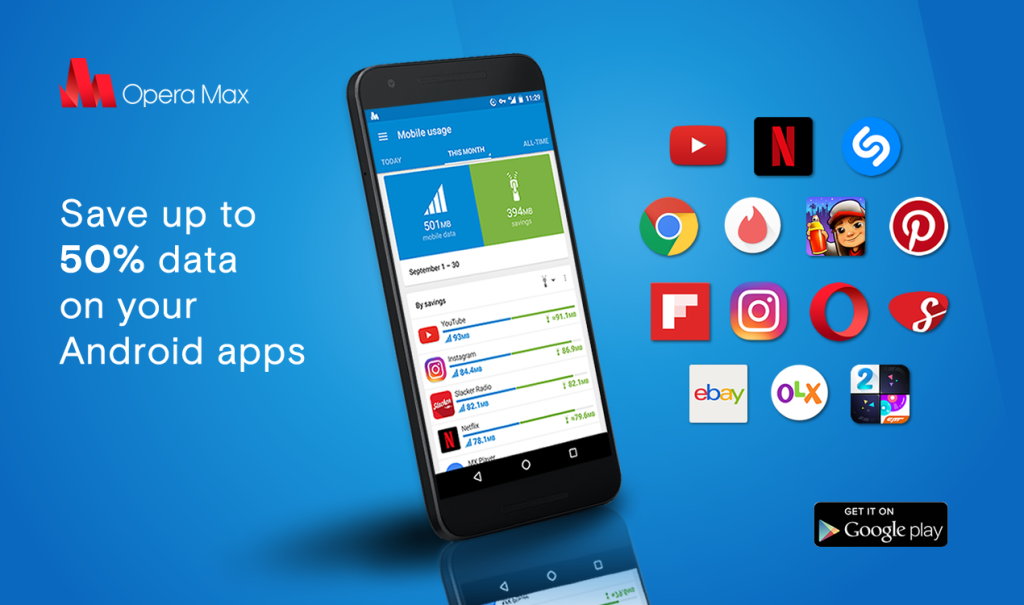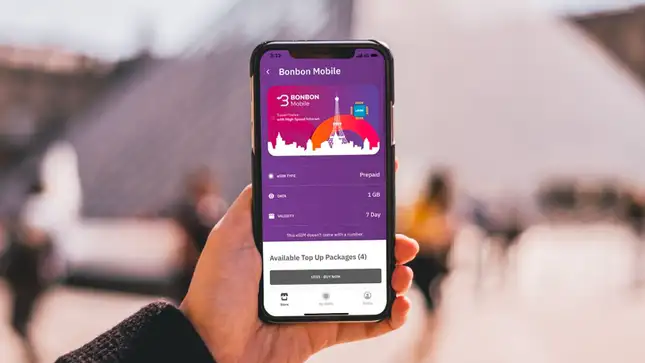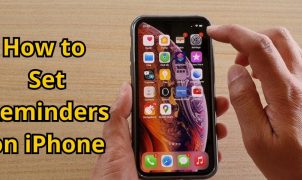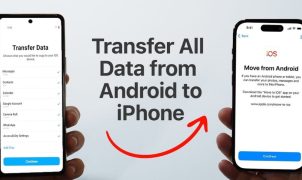1. Understanding Mobile Data
What is Mobile Data?

Mobile data is the Internet connection provided by your mobile network operator that allows you to browse the web, use apps, and stream content without needing Wi-Fi. Unlike Wi-Fi, which connects through a local router, mobile data connects via cellular towers, giving you Internet access on the go.
Types of Mobile Data Plans
There are several types of mobile data plans to choose from:
- Prepaid Plans: You pay in advance for a set amount of data, minutes, and texts. These plans are great for controlling spending but may come with data limits.
- Postpaid Plans: You get billed at the end of the month based on your usage. These plans often include more data and additional perks but can lead to unexpected charges if you exceed your limits.
- Unlimited Plans: These offer unrestricted data usage, though some may throttle speeds after a certain threshold. They are ideal for heavy users but usually come at a higher cost.
Each type of plan has its pros and cons. Prepaid plans offer better control over spending, postpaid plans often come with more benefits and flexibility, and unlimited plans provide peace of mind for heavy data users.
2. Choosing the Right Mobile Data Plan
Assessing Your Data Needs
Before selecting a plan, it’s important to understand your data usage. Here’s how you can determine your needs:
- Review Past Usage: Check your previous bills or use your phone’s settings to see how much data you typically consume each month.
- Use Monitoring Tools: Apps like My Data Manager or built-in phone settings can help track your data usage in real time.
Comparing Plans and Providers
Once you know your data needs, you can start comparing plans and providers. Here are some factors to consider:
- Cost: Look for a plan that fits your budget. Consider the monthly fee and any potential overage charges.
- Coverage: Ensure the provider offers good coverage in your area to avoid connectivity issues.
- Data Caps: Some plans have data limits or may throttle speeds after a certain usage point. Make sure the plan you choose matches your usage needs.
- Additional Features: Some plans offer perks like free streaming services, international roaming, or family sharing options.
By assessing your needs and comparing these factors, you can find a mobile data plan that offers the best value and meets your requirements.
3. Managing Mobile Data Usage

Data Usage Settings on Your Device Managing your mobile data usage starts with understanding your device’s settings:
- Android: Go to Settings > Network & Internet > Data usage. Here, you can see how much data you’ve used, set data limits, and enable data saver mode.
- iOS: Go to Settings > Cellular. You’ll find your data usage stats, and you can enable Low Data Mode to help save data.
Both platforms allow you to set alerts for when you’re nearing your data limit, ensuring you stay within your plan.
Data-Saving Tips and Tricks
Here are some effective ways to reduce data consumption:

- Use Wi-Fi Whenever Possible: Connect to Wi-Fi networks at home, work, and public places to save mobile data.
- Restrict Background Data: Prevent apps from using data in the background. On Android, go to Settings > Network & Internet > Data usage > App data usage, and select apps to restrict. On iOS, go to Settings > Cellular, and toggle off apps you want to restrict.
- Adjust Streaming Quality: Lower the quality of video and music streams in apps like YouTube and Spotify.
- Use Data-Saving Apps: Apps like Opera Max can help compress data and reduce usage.
4. Mobile Data Options for Specific Needs
International Travel
When traveling abroad, consider these mobile data options to avoid high roaming charges:

- International Plans: Many carriers offer international plans or add-ons for a fixed daily or monthly fee.
- Local SIM Cards: Purchase a local SIM card in your destination country for cheaper rates.
- Portable Wi-Fi Hotspots: Rent or buy a portable Wi-Fi device that works globally.
- Always check with your carrier about roaming fees and available options before you travel.
Data for Streaming and Gaming
For heavy data users who love streaming and gaming, here are some tips:
- Choose Unlimited Plans: Opt for a mobile plan with unlimited data to avoid overage fees.
- Optimize App Settings: Set streaming apps to lower quality and reduce background data usage.
- Data-Saving Apps: Use apps that offer data-saving features, like Netflix’s offline downloads or YouTube’s data-saving mode.
5. Troubleshooting Common Mobile Data Issues
Slow Data Speeds
If your mobile data speeds are slow, consider these solutions:
- Check Signal Strength: Poor signal can affect speeds. Move to a location with better coverage.
- Restart Your Device: Sometimes a simple restart can resolve speed issues.
- Clear Cache: Clear the cache of apps that use a lot of data to improve performance.
- Network Settings Reset: On Android, go to Settings > System > Reset options > Reset Wi-Fi, mobile & Bluetooth. On iOS, go to Settings > General > Reset > Reset Network Settings.
Data Overages
To handle and prevent data overages:
- Monitor Usage: Regularly check your data usage and set alerts to notify you when you’re nearing your limit.
- Adjust Usage: Reduce data-heavy activities as you approach your limit, such as streaming and downloads.
- Data Add-Ons: Many carriers offer add-ons for extra data. Check if your provider has these options.
If you exceed your data limit, contact your carrier to discuss options like upgrading your plan or purchasing a data add-on.
Conclusion
Effective management of your mobile data can lead to significant savings and a smoother user experience. By understanding your data needs, choosing the right plan, and using data-saving techniques, you can optimize your mobile data usage. Implement these tips and tools to stay within your data limits and avoid unexpected charges. Feel free to share your experiences or ask questions in the comments below!











Leave a Reply